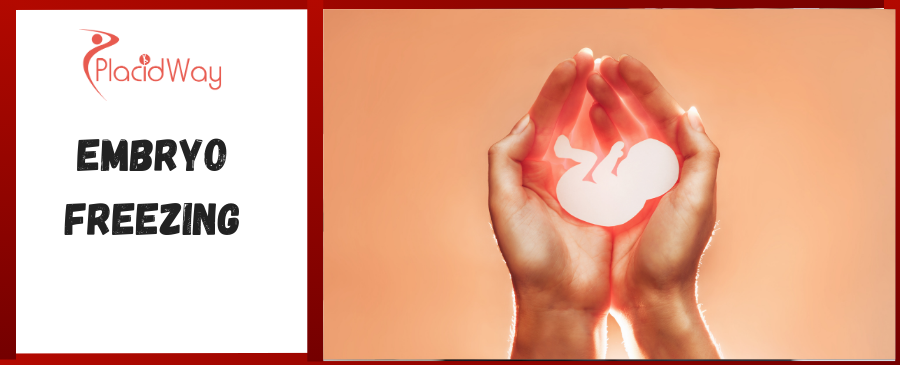
Table of Content
Embryo freezing, also known as embryo cryopreservation, is a process in which embryos are frozen for future use. It is typically a part of the in vitro fertilization (IVF) process, where embryos are created by fertilizing eggs in a laboratory and then preserved for later use. This method allows individuals and couples to delay pregnancy, preserve fertility before undergoing medical treatments like chemotherapy, or store extra embryos for additional IVF attempts. Embryos are stored at extremely low temperatures using specialized technology to ensure they remain viable for years.
| Technology | Description |
|---|---|
| Vitrification | Rapid freezing technique that minimizes ice crystal formation, increasing embryo survival rates. |
| Slow Freezing | A traditional method where embryos are cooled gradually to prevent damage during the freezing process. |
| Automated Freezing Systems | Advanced systems that ensure precise temperature control and monitoring for consistent results. |
For different packages for Embryo Freezing treatment, Click here.
| Step | Description |
|---|---|
| Ovarian Stimulation | Hormonal treatment to stimulate the ovaries to produce multiple eggs for retrieval. |
| Egg Retrieval | Eggs are retrieved using a minimally invasive procedure under ultrasound guidance. |
| Fertilization | Eggs are fertilized in the lab using sperm to create embryos. |
| Freezing | Embryos are frozen using vitrification or slow freezing techniques and stored for future use. |
| Country | Average Cost (USD) |
|---|---|
| Mexico | $3,500 - $5,000 |
| Turkey | $2,800 - $4,500 |
| Thailand | $3,000 - $5,200 |
| Colombia | $3,200 - $4,800 |
| India | $2,500 - $4,000 |
| Austria | $4,500 - $6,500 |
| USA | $6,000 - $10,000 |
| UK | $5,500 - $9,000 |
Find Prices for Embryo Freezing Treatment Near You here.
The cost of embryo freezing without insurance depends on the clinic, the number of embryos, and the freezing technology used. On average, prices range from $2,500 in India to $10,000 in the USA. Additional costs may include yearly storage fees for maintaining the embryos.
Embryos can be frozen and stored for many years, with successful pregnancies reported from embryos frozen for over 10 years. Advances in vitrification have significantly increased the chances of embryo survival during long-term storage.
The embryo freezing process involves egg retrieval, which is typically performed under sedation. While there may be some discomfort during recovery from egg retrieval, most patients return to normal activities within a few days.
Success rates for embryo freezing and thawing depend on the freezing technique used. Vitrification has a very high success rate, with over 90% of embryos surviving the thawing process. Factors like the quality of the embryo and patient age also play a role.
Yes, legal regulations regarding embryo freezing can vary by country. It's important to understand the laws regarding embryo ownership, storage duration, and the rights of the involved parties before proceeding with treatment abroad.
Are you considering embryo freezing as a way to preserve your fertility options for the future? PlacidWay is here to help you find the best fertility clinics worldwide, offering affordable and reliable embryo freezing services. Let our team of experts guide you through the process, ensuring that you receive the highest quality of care. Contact us today to start your journey towards preserving your future family!
Fertility Treatment Abroad, Best Fertility Clinics